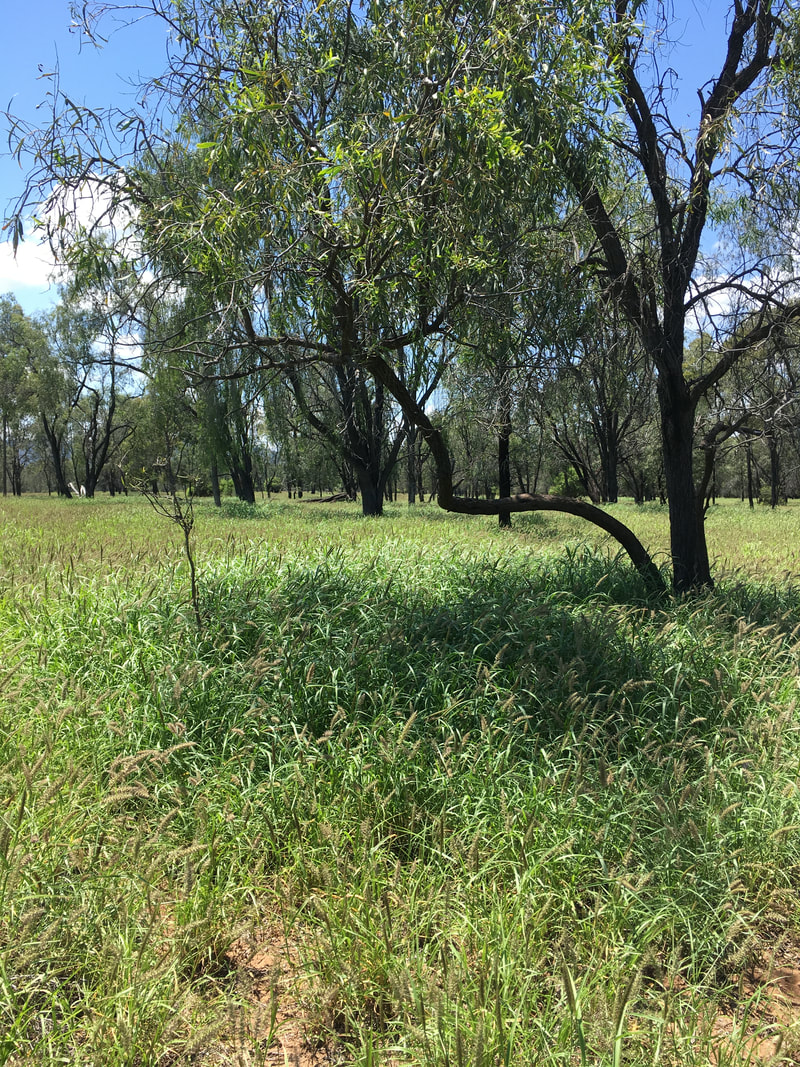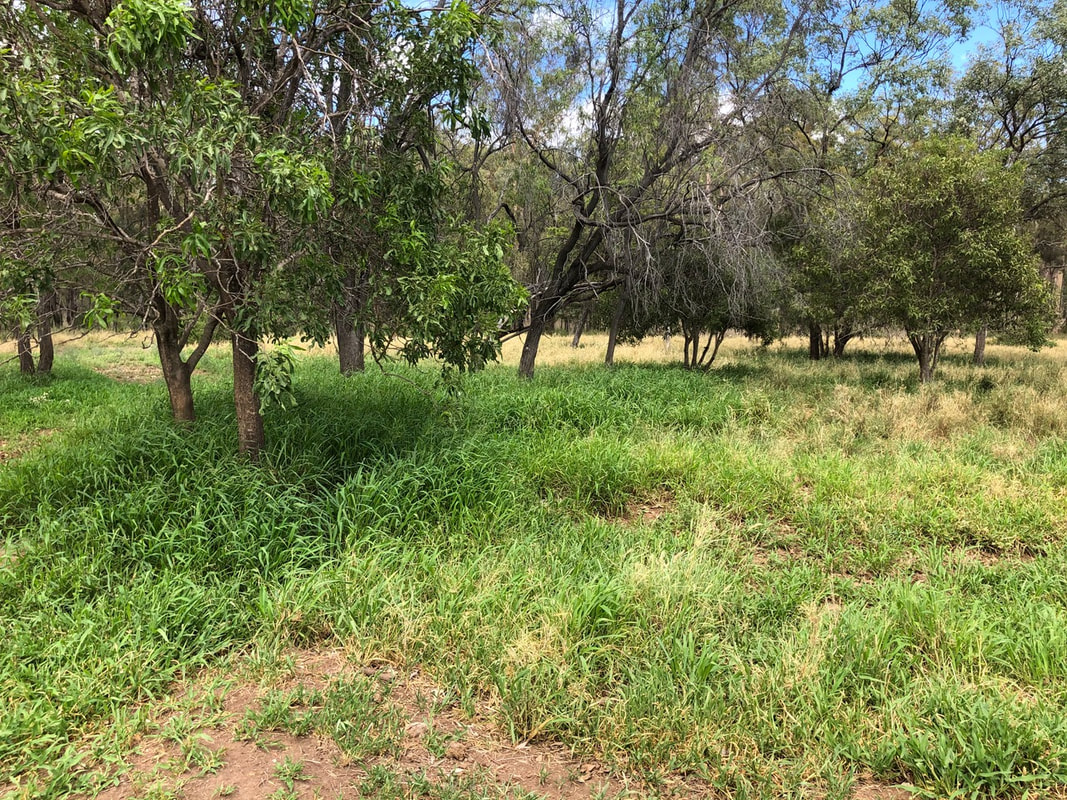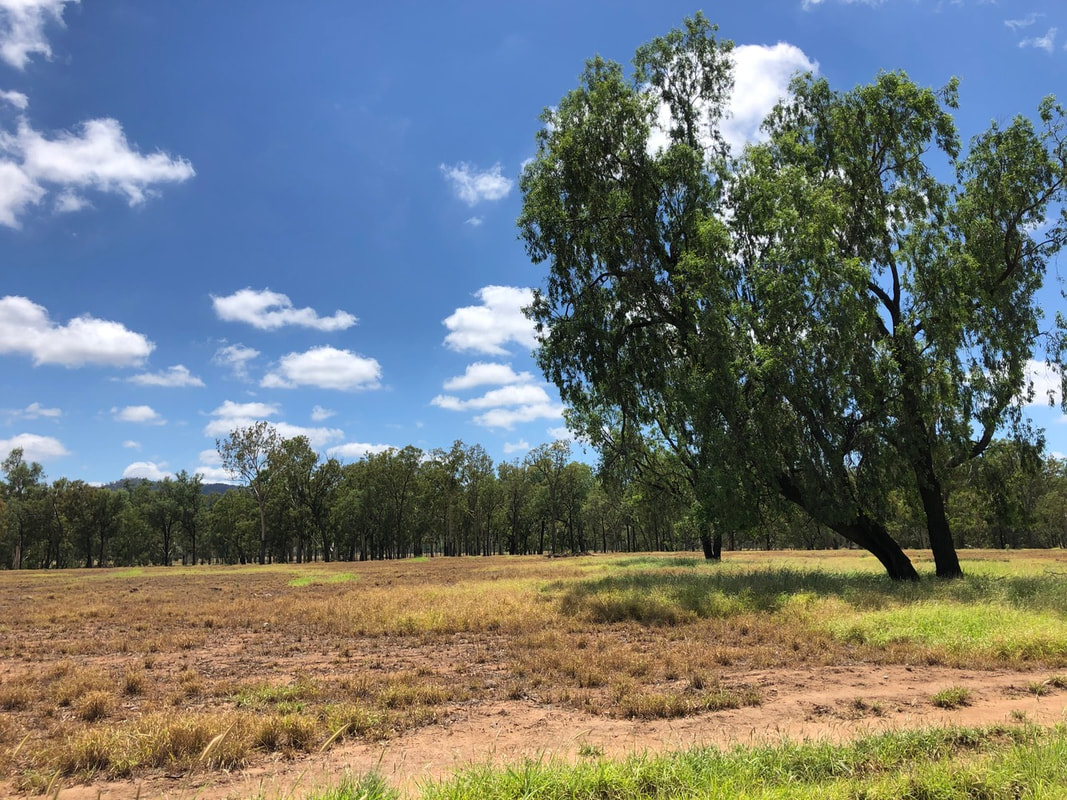Sally Wattles are one of my favourite pioneering Trees, they are certainly the one I talk about the most! From my life time observations, learnings and love of Trees, it is so obvious how much good they are putting back into the soil. Their very weeping nature, nurtures.
At a Biological Farmers Conference I attended in 2018, Micheal Phillips was the guest speaker from America. He is a horticulturist and has studied the realms of his property to the microscopic. He talked about the 'Bridge Trees',
"Certain tree species form mycorrhizal associations with both the Arbuscular mycorrhizae (AM) and the Ectomycorrhizal fungi (EM). These Trees are able to access long-distance hyphal trade and are conduits for a greater nutrient exchange."
These Trees, I would guess, include all the pioneering species, Acacia's in particular in Australia. However I am confident that the humble Sally Wattle is one of the best of them, looking at the photos below.
There is such an intolerance for the regrowth of Pioneers, yet they are the cure to so many soil and weather related problems. Managing them strategically, so they are still in the environment, but not overtaking, will have much more beneficial and longterm outcomes.
Jess and John Bidgood of Baralaba have a property along the Dawson River where the Sally wattle regrowth is doing its thing! The neighbours are always commenting on it, asking them what they were going to do with it.
"Nothing, it is our most productive paddock" is their reply.
The grass underneath is high in nutrients and the tree is a valuable source of protein when winter takes it out of the grasses.
Henry and Anna Hinds of Dukes Plains, Theodore, measure the grow rate of their cattle in different paddocks with different timber densities. Henry claims that the cattle put on more weigh in the brigalow strips than in the open paddocks. "The tighter the strips the more weight they put on!" Listen to Henry's talk on youTube
At a Biological Farmers Conference I attended in 2018, Micheal Phillips was the guest speaker from America. He is a horticulturist and has studied the realms of his property to the microscopic. He talked about the 'Bridge Trees',
"Certain tree species form mycorrhizal associations with both the Arbuscular mycorrhizae (AM) and the Ectomycorrhizal fungi (EM). These Trees are able to access long-distance hyphal trade and are conduits for a greater nutrient exchange."
These Trees, I would guess, include all the pioneering species, Acacia's in particular in Australia. However I am confident that the humble Sally Wattle is one of the best of them, looking at the photos below.
There is such an intolerance for the regrowth of Pioneers, yet they are the cure to so many soil and weather related problems. Managing them strategically, so they are still in the environment, but not overtaking, will have much more beneficial and longterm outcomes.
Jess and John Bidgood of Baralaba have a property along the Dawson River where the Sally wattle regrowth is doing its thing! The neighbours are always commenting on it, asking them what they were going to do with it.
"Nothing, it is our most productive paddock" is their reply.
The grass underneath is high in nutrients and the tree is a valuable source of protein when winter takes it out of the grasses.
Henry and Anna Hinds of Dukes Plains, Theodore, measure the grow rate of their cattle in different paddocks with different timber densities. Henry claims that the cattle put on more weigh in the brigalow strips than in the open paddocks. "The tighter the strips the more weight they put on!" Listen to Henry's talk on youTube
The photos:Above: This photo was taken over the boundary fence. The only grass growing was under the Sally Wattle trees!
Left above: This photo is on Huntly (same day as above). It is a patch of Sally Wattle regrowth that has been growing for over 34 years. You will observe that the buffel grass under the Sally Wattles is longer, denser and a much more vibrant colour. You might also notice in the foreground that the grass is much less dense away from the Tree. Left below: Dukes Plains, showing the Sally Wattle and other 'Bridge Trees'. |



